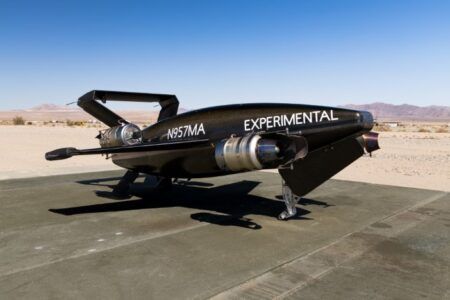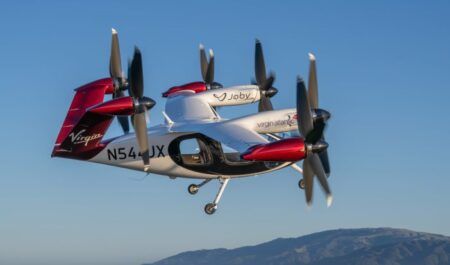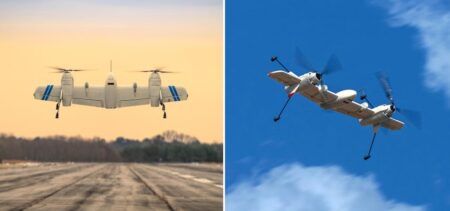German air navigation service provider, DFS, and Deutsche Telekom are testing a system that they claim safely integrates UAVs into lower airspace.
The unmanned aircraft system traffic management system (UTM), which DFS says is being tested in a diverse range of practical trials, uses the mobile telecommunications network to locate drones and then incorporates into an air situation display.
The system can be used for drones flown beyond their operators’ visual line of sight such as flights along pipelines, used in agriculture or in search and rescue missions.
The UAV is equipped with an LTE modem, a GPS module and a mobile transmitter. The system can detect unmanned aircraft systems up to a height of 100 metres and has complete geographical coverage thanks to the use of the telecommunications network.
The UTM system is based on the multi-sensor tracker Phoenix, which was developed by DFS and is already in use to display radar data for air traffic control. DFS modified the tracker to correctly display the movement patterns of drones, which are significantly different to those of conventional aircraft.
The system can be linked to existing air traffic control systems to warn air traffic controllers of conflicts. It also integrates chart material, prohibited areas and meteorological information.
Data from detection systems can be added, too, meaning the system could be used as the basis for counteracting intrusive drones.
DFS and Deutsche Telekom set up the research project in 2016 and have been working on a solution for the safe and fair integration of drones in airspace since then.
March 6, 2018




